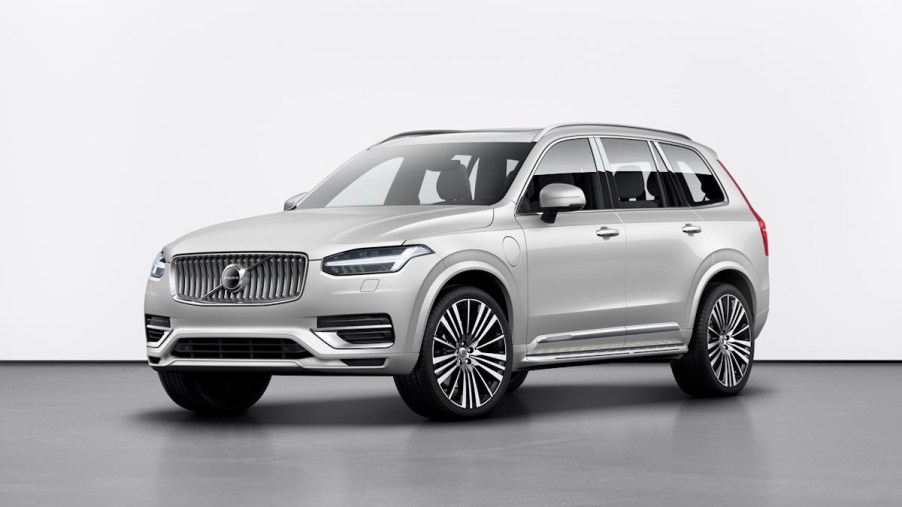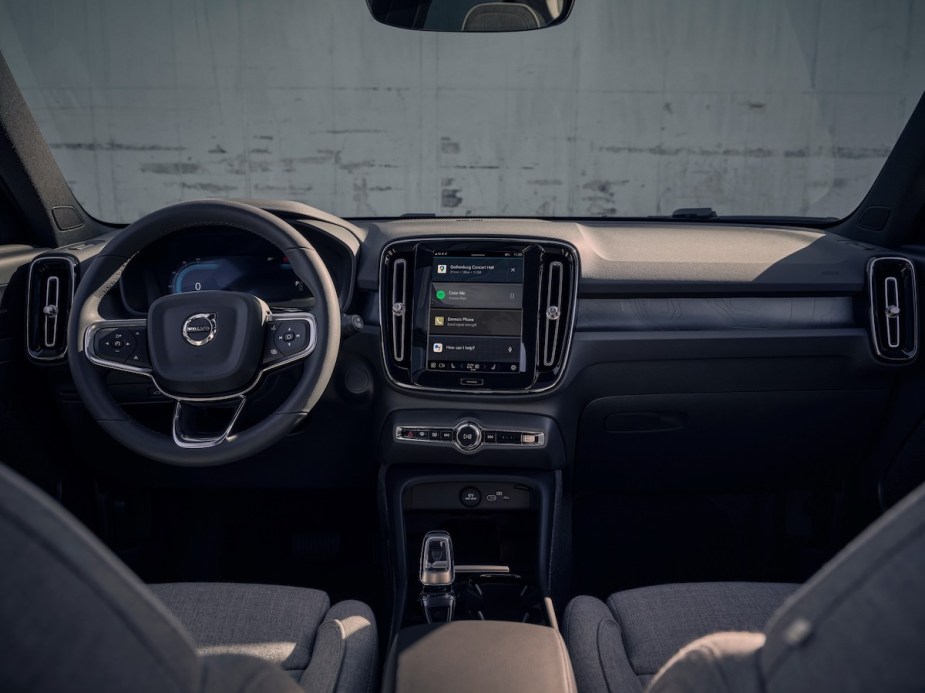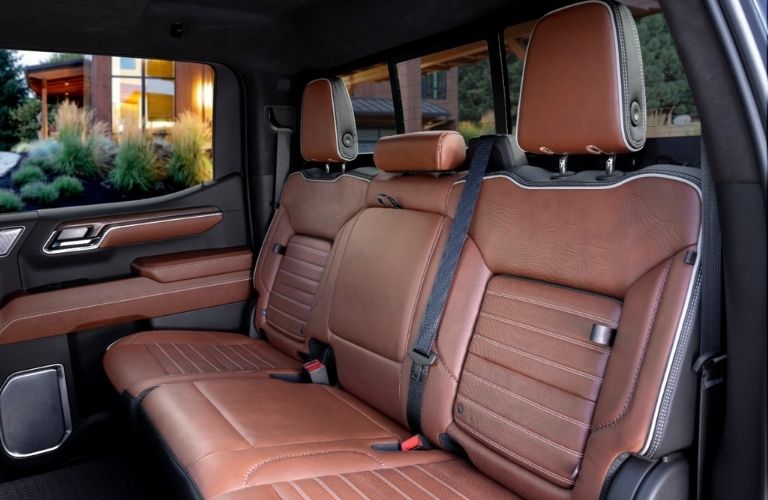
New Volvo Feature Aims to Prevent Hot-Car Deaths
Hot-car deaths are not a common news topic. But they’re a severe problem for which automakers continually attempt to find a solution. Next up is Volvo, which aims to prevent hot-car deaths with its new interior radar system. Many vehicles already alert the driver if something is left in the back seat. Is the new Volvo feature any different? Here’s how the new Volvo feature aims to prevent hot-car deaths.
Hot-car deaths are a real problem

According to Cars.com, the Department of Transportation says 935 children have been victims of hot-car deaths since 1998. Further, they’ve become more frequent in recent years. More than half of the recorded hot-car deaths result from a parent forgetting their child inside the vehicle, and more than half of the victims are under two years of age. Since so many parents forget their child in the car’s rear seat, is a system alerting the driver of a rear passenger the answer?
What is the new Volvo feature?

Volvo’s new feature is an interior radar system that monitors the vehicle, ensuring drivers don’t leave kids (or pets) inside. Cars.com says this includes the entire car, not just the back seat. Moreover, the system uses radar sensors in the overhead console, roof-mounted reading lamps, and cargo area to detect movement throughout the Volvo.
Supposedly, even a very young child could set it off because it detects the tiniest movements. In addition, the automaker claims the system is more effective after the owner attempts to lock the vehicle. If the system detects someone inside, it will disable the lock function and display an alert on the center console.
How is it different from other rear occupant alert systems?

Most standard rear occupant alert systems use visual and audio alerts to notify the driver before and after exiting the vehicle. Volvo only uses the screen after a lock attempt “to avoid fatigue,” a Volvo spokesperson said.
In an email to Cars.com, they continued: “The system only alerts when the driver is attempting to lock the car. Alerting people of the presence of occupants when it’s likely they need it and avoiding excessive warnings — which can lead to alerts being ignored over time — is a fine balance.”
“It is also difficult for a car to differentiate between a driver knowingly leaving the car for a few moments and one who has genuinely forgotten about a child or pet as they leave the car for a longer period. We have determined that the best time to alert the driver to occupants is when they’re going to lock the car: This is the point at which anyone inadvertently leaving a child or pet behind would need to be alerted, but reduces the risk of ‘warning fatigue’ that could arise from earlier warnings.”
What if the driver misses the alert?
There’s one other precaution the new Volvo feature takes to prevent hot-car deaths. Like a Tesla or Ford “Pet Mode,” the new Volvo feature will activate the vehicle’s climate system. Even when the vehicle’s ignition is off, if the system detects movement in the back seat when the driver attempts to lock it, the air conditioning or heat will remain on. As a result, a Volvo model with sufficient charge to the battery should reduce the risk of heatstroke or hypothermia for (hopefully) long enough for the driver to return.
Volvo’s new radar system is set to launch as a standard feature in the upcoming EX90 all-electric SUV. In addition, future models will use the new feature, but the automaker hasn’t announced official plans. In conclusion, we’re glad to see an automaker like Volvo innovating in ways that can help hot-car death prevention. Reducing the annoyance of warnings to ensure they’re not ignored when needed could be vital.



